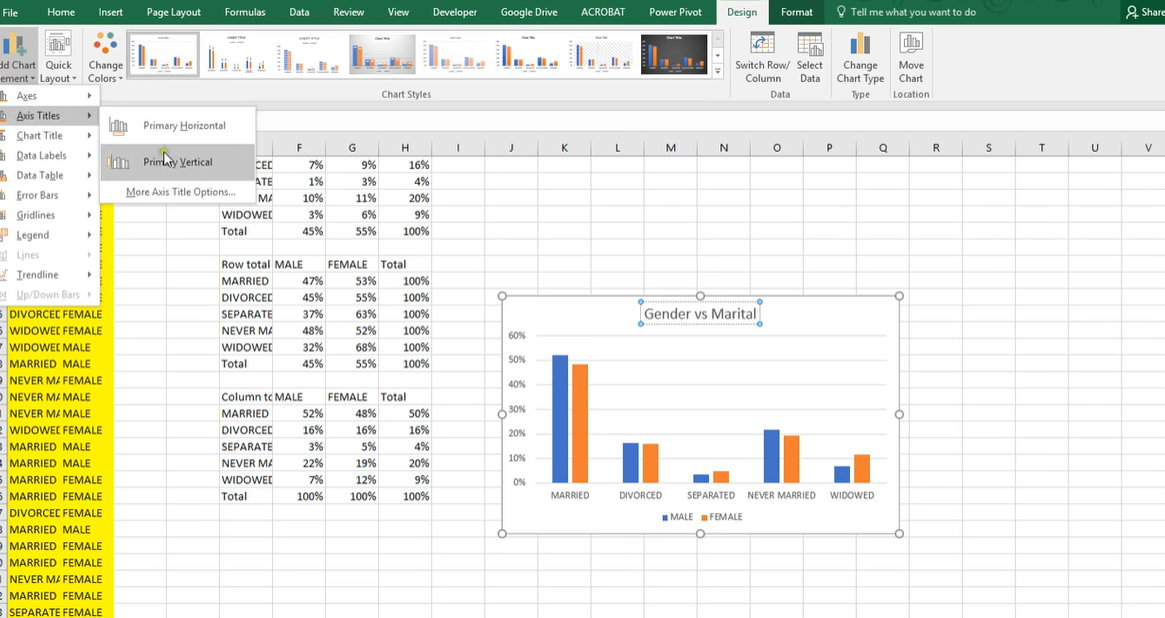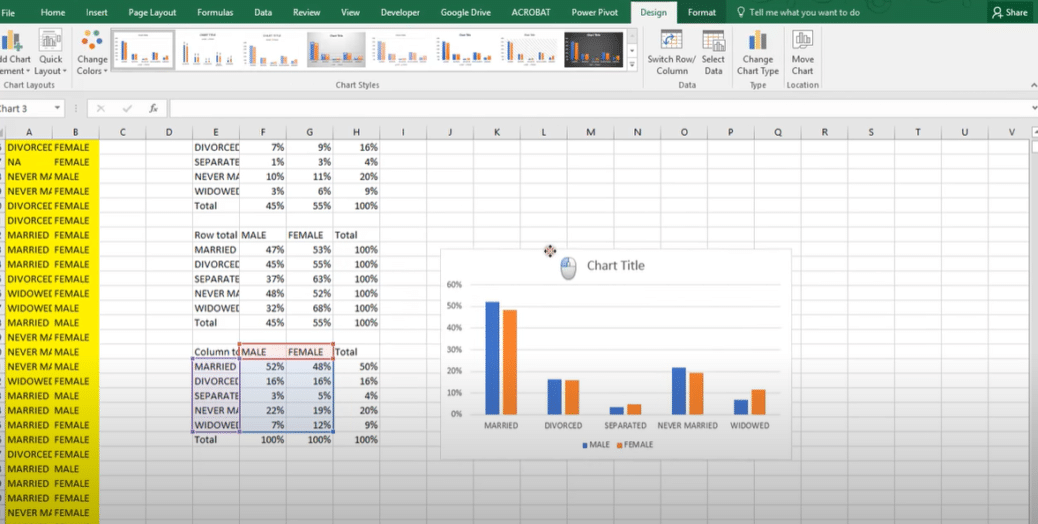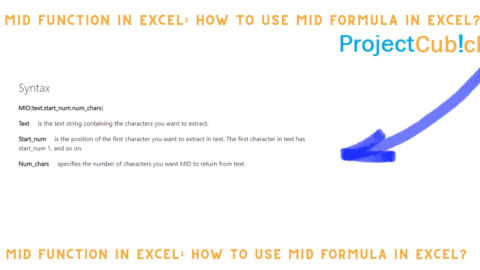How do you create a clustered bar chart in Excel? When Excel users want to create a clustered bar chart, they need to take a few extra steps before they can start inserting their data into the chart. In this blog post, we will show you how to create a clustered bar chart in Excel and provide tips on how to use this chart type to your advantage. After reading this post, you will be able to easily create charts that showcase your data in an easy-to-understand manner. Let’s get started!
Table of Contents
How do you create a clustered bar chart in Excel?
The first thing you need to do is select the data that you want to include in your chart. Once you have your data selected, click on the “Insert” tab and then select the “Clustered Bar” chart type.
Your clustered bar chart will now appear on your worksheet! You can add titles, labels, and other information to your chart to make it more understandable.
Now that you know how to create a clustered bar chart in Excel, let’s take a look at some tips on how you can use this type of chart to your advantage.

When should you use a clustered bar chart?
A clustered bar chart is a great way to compare data sets that have the same categories but different values. For example, you could use a clustered bar chart to compare the sales of two different products in the same month.
Another use for a clustered bar chart is to compare data over time. For example, you could use a clustered bar chart to track the sales of your product each month for the past year.
How can you make your clustered bar chart more effective?
There are a few things you can do to make your clustered bar chart more effective. First, you should use colors to distinguish between the different data sets. This will make it easier for your audience to see the differences between the data sets.
What is a clustered bar chart?
A clustered bar chart, also known as a grouped bar chart, is a type of bar chart that shows data grouped by category. Clustered bar charts are useful for comparison purposes, as they allow you to see how different groups of data compare to each other.
To create a clustered bar chart in Excel, first, select the data that you want to use. Then, click the “Insert” tab and choose the “Clustered Bar” chart option. Once you have inserted the chart, you can edit the data labels and other chart elements to customize the look of your clustered bar chart look.
When creating a clustered bar chart, it is important to keep in mind the purpose of the chart. Clustered bar charts are best used for comparisons, so make sure that the data you are using is comparable. Additionally, use clear and concise data labels to ensure your audience can easily understand the information presented in the chart.
What is a chart in Excel?
A clustered chart in Excel is a type of bar chart that shows data grouped by category. Clustered charts are useful for comparison purposes, as they allow you to see how different groups of data compare to each other.
To create a clustered chart in Excel, first, select the data that you want to use. Then, click the “Insert” tab and choose the “Clustered Bar” chart option. Once you have inserted the chart, you can then edit the data labels and other chart elements to customize the look of your clustered chart.
When creating a clustered chart, it is important to keep in mind the purpose of the chart. Clustered bar charts are best used when comparing two or more categories of data. For example, if you wanted to compare the sales of two products side-by-side, a clustered bar chart would be an ideal way to do so. Clustered bar charts are also useful for seeing whether one category outperforms another.
To create a clustered bar chart in Excel, first, select the data you want to use. Then, click the Insert tab and choose the Clustered Bar option from the Column or Bar chart type. Finally, make sure to add a title and labels to your chart so that your audience can understand what they’re looking at.
Hello, I’m Cansu, a professional dedicated to creating Excel tutorials, specifically catering to the needs of B2B professionals. With a passion for data analysis and a deep understanding of Microsoft Excel, I have built a reputation for providing comprehensive and user-friendly tutorials that empower businesses to harness the full potential of this powerful software.
I have always been fascinated by the intricate world of numbers and the ability of Excel to transform raw data into meaningful insights. Throughout my career, I have honed my data manipulation, visualization, and automation skills, enabling me to streamline complex processes and drive efficiency in various industries.
As a B2B specialist, I recognize the unique challenges that professionals face when managing and analyzing large volumes of data. With this understanding, I create tutorials tailored to businesses’ specific needs, offering practical solutions to enhance productivity, improve decision-making, and optimize workflows.
My tutorials cover various topics, including advanced formulas and functions, data modeling, pivot tables, macros, and data visualization techniques. I strive to explain complex concepts in a clear and accessible manner, ensuring that even those with limited Excel experience can grasp the concepts and apply them effectively in their work.
In addition to my tutorial work, I actively engage with the Excel community through workshops, webinars, and online forums. I believe in the power of knowledge sharing and collaborative learning, and I am committed to helping professionals unlock their full potential by mastering Excel.
With a strong track record of success and a growing community of satisfied learners, I continue to expand my repertoire of Excel tutorials, keeping up with the latest advancements and features in the software. I aim to empower businesses with the skills and tools they need to thrive in today’s data-driven world.
Suppose you are a B2B professional looking to enhance your Excel skills or a business seeking to improve data management practices. In that case, I invite you to join me on this journey of exploration and mastery. Let’s unlock the true potential of Excel together!
https://www.linkedin.com/in/cansuaydinim/










